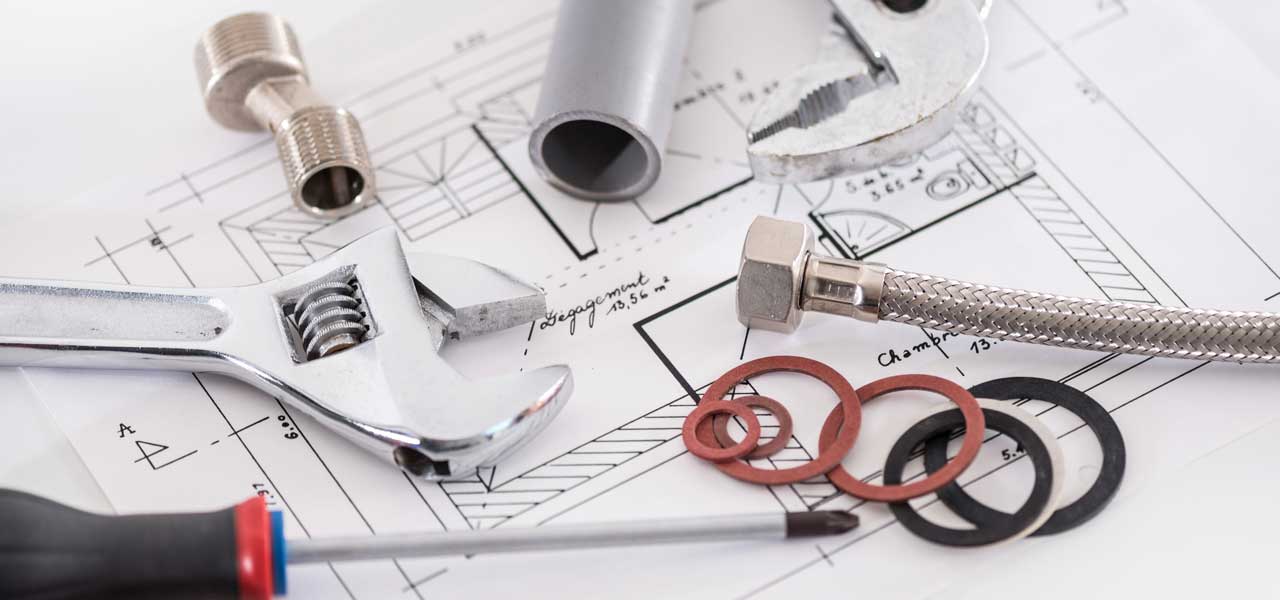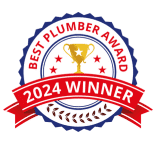We use hot water for so many daily tasks in our home, with cleaning, bathing, and cooking almost impossible without a water heater. In keeping up with this demand, our water heaters put in 24-hour days, seven days a week, maintaining the water temperature inside a steel tank.
Water Heaters Haven’t Aged Much.
Since their introduction to the residential market in the early 1900s, water heaters and their related technology have remained almost unchanged. The first home water heater looked much like it does today, with its cylindrical storage tank, gas-powered burners, and a footprint that takes up as much as 18 square feet. In the last decade, the reign of the tank-type water heater has been threatened by tankless units that are more efficient, far less wasteful of both water and energy, and take up a much smaller amount of precious real estate in the home.
Regardless of how technologically advanced a tankless water heater may be, it still suffers from the same problem of having cold standing water in the supply line that must be flushed before hot water appears at the tap. In just about every home, the long wait for the appearance of hot water at a faucet or showerhead is something we experience every day, and we accept it as normal. We don’t have to take it anymore; installing a hot water recirculation pump doesn’t cost a lot or take much time.
How Do I Get Instant Hot Water in My Home?
The idea of using a recirculating pump system for the rapid delivery of hot water has been utilized by various industries, like hotels, high-rise skyscrapers, and other commercial purposes for decades. To this day, the biggest hurdle for any water heating system is delivering hot water as soon as a tap is opened. In a standard plumbing system, the water supply lines come to a physical end at the fixture that is furthest away from the meter (cold water) or the water heater (for hot water). This doesn’t pose a problem for cold water lines, but hot water delivery suffers from this closed-end design.
The hot water line’s terminal end is attached to a pump that sends unused hot water back to the tank instead of sitting idle and losing heat. A sensor, either on the pump or somewhere nearby, keeps track of the water temperature in the supply line. Anytime the water temperature on the far end of the home drops below a set temperature (usually around 90 degrees), the pump activates and circulates chilled water back into the tank. Simultaneously, hot water is drawn from the heater tank to re-fill the supply lines to each fixture.
Since hot water recirculation systems are considered “custom” items, they are less likely to be installed as standard equipment in new home construction. The physical installation of a hot water recirculation system isn’t complicated, and a knowledgeable plumber should be able to install yours in less than a day.
Run Your Hot Water Recirculation Pump Only When It’s Needed
When installing a hot water recirculation system, it is recommended that an electronic timer be installed. The timer allows the homeowner to select specific hours of the day that the pump will be operational. There can be a significant reduction in energy and water bills when the recirculation system is only running for a couple of hours a day during peak usage. If you have a hot water recirculation pump that did not come equipped with a timer, it is possible to use an aftermarket timer on the pump’s power outlet.
What Are the Pros of Hot Water Recirculation Systems?
#1: Instant Hot Water
Imagine never again having to wait several minutes for your water to get hot enough for bathing or proper handwashing. Well, imagine no more. A hot water recirculation system brings you the convenience of instant hot water at EVERY tap and plumbing fixture in the home.
#2: Save Money, Save Water
As a person who doesn’t have to look these things to include in their blog, you are probably unaware that the average home wastes up to ten-thousand gallons of water every year waiting for water to heat up. When broken down numerically, a showerhead flows at a rate of 2.5 gallons per minute and takes as long as 5 minutes to deliver hot water. This results in a waste of at least 12.5 gallons of water for every shower taken in the home. That number may seem low, but if your family takes four showers a day, that’s a waste of 50 gallons per day, or 18,250 gallons every year.
Installation of a hot water recirculation system is a great tool that will help you and your family be a little more environmentally proactive. Simultaneously, the financial rewards in terms of lower energy and lower water bills are small, the convenience of instant hot water anywhere in your home.
What Are the Cons of Hot Water Recirculation Systems?
#1: Cold Water That’s Too Warm
Here’s a problem you wouldn’t expect, turning on the cold water tap for a drink, and it’s warm. I don’t know why, but warm water tastes odd, and there’s no refreshment in it. Allowing the cold water to run for a few seconds will flush any warm water out of the cold supply line, but this can be a sign of bypass valve issues in your recirculation pump that need to be addressed.
#2: Price
While installing a hot water recirculation pump isn’t anywhere close to a new water heater’s cost, it still carries a hefty price tag. Recirculation pumps are available for under $300 and aren’t tricky to install for the handy homeowner. Hiring a licensed plumbing company to provide and install a hot water circulation pump tends to be in the $750 – 1,000 range, including a guarantee against faulty parts or bad workmanship.
#3: Maintenance
Hot water recirculation pumps require almost zero maintenance, except for the periodic need to replace the sensor valve. This valve is most often located at the far end of the plumbing system, and if yours is there, it’s an easy fix. If the valve is situated in the pump itself, it’s a much more complicated job that usually ends with replacing the entire pump. Usually, the first sign that this valve is failing is the lack of instant hot water, as the sensor fails to engage the pump when the water temperature drops below the set point.
As a plumber, the idea of having instant hot water is appealing from both a functional and financial standpoint. If you’re tired of long waits for hot water and are looking to step up to a hot water recirculation system for your home, give Nick’s Plumbing & Air Conditioning a call today.


























